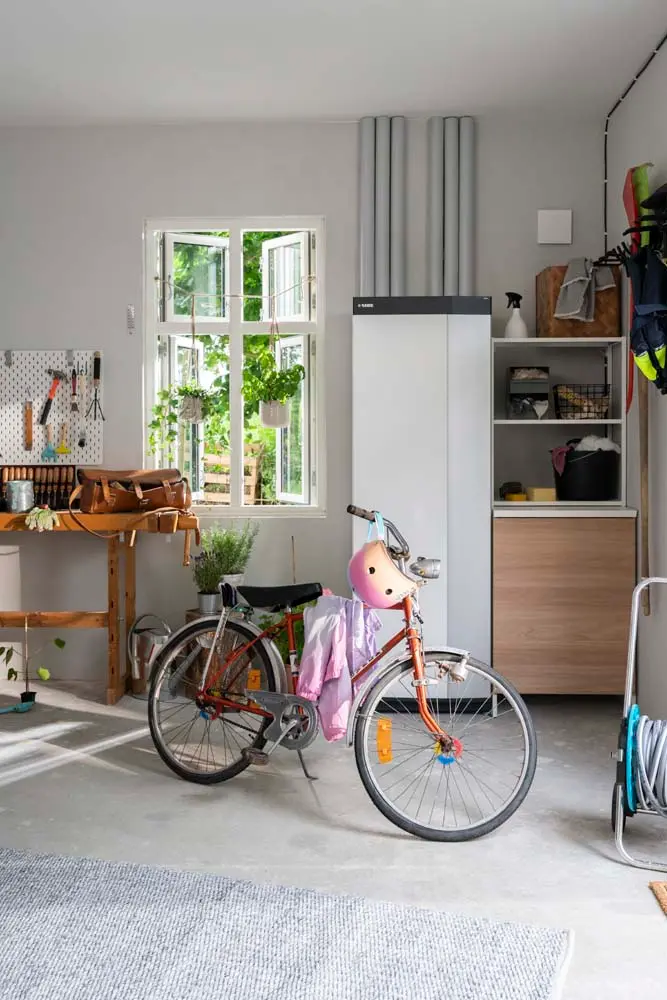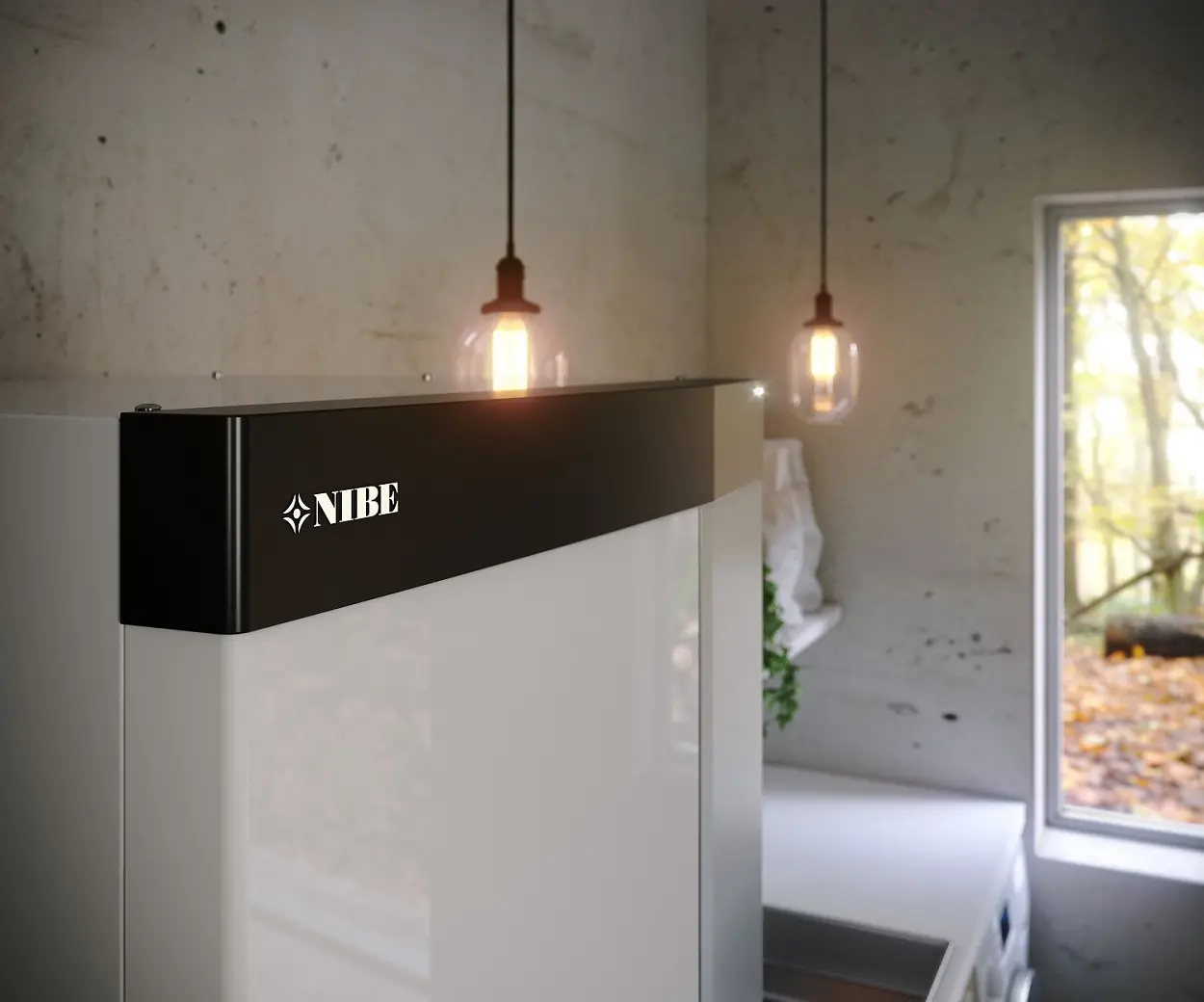How to make sure your heat pump is running properly

Heat pump efficiency
As is the case with any heating appliance, heat pumps also need to be properly maintained and looked after. Failure to do so could result in them operating less efficiently and effectively.
In this article, we will look at some of the common issues that can lead to heat pump inefficiency. So, to avoid unnecessarily high running costs and regular performance issues, read on to find out how you can look after your heat pump.
Ensure it’s properly installed
Firstly, you need to make sure that your heat pump is installed by a fully trained, accredited professional. This is vital if you want to ensure that your heat pump operates at maximum energy efficiency. Failure to have a heat pump installed correctly could lead to a rise in running costs and impact the performance and lifespan of the product.
At NIBE, we understand the importance of quality installations, which is why we have an extensive network of trusted installers around the UK. Find an installer near you.
Don’t miss its annual service
It’s important that your heat pump is serviced annually. If it isn’t, then you may find your warranty is void. A heat pump’s annual service is the best way of ensuring that your appliance is properly checked by a professional, rather than relying on your own expertise. The service should include:
- Checking the overall condition
- Removing anything that’s obstructing the airflow
- Ensuring there are no leaks
- Inspecting all the various fittings and components
- Checking the controller settings
Make sure you choose a reliable, certified company to conduct your annual service. Find out how NIBE can help.
Prepare for winter
Heat pumps work the same all year round, but in the winter they use more energy in order to meet your heating and hot water needs. Therefore, you need to ensure that your heat pump is geared up for winter and in good enough condition to deal with more extreme weather.
You can find out more in our guide ‘How to look after your heat pump during the winter’.
Avoid adjusting its settings
The temptation is always to start tinkering with your thermostat, but we would advise against it. When your heat pump was installed, it would’ve been configured for maximum efficiency in your home. This means you will get the appropriate amount of warmth and hot water all year round and will be tailored to your needs.
By adjusting the settings, you run the risk of increasing your running costs and causing unnecessary performance issues.
Check the air filters
While your heat pump system’s air filters will be checked as part of your annual service, you should also be taking a look yourself every month or so. For filters inside the home, try to clear any dirt or dust around the filters and clean them appropriately.
Externally, you’ll want to ensure no items are obstructing your heat pump and any leaves or debris are removed. Ultimately, anything blocking the airflow will make the heat pump less efficient and increase your running costs. These checks become especially important during the autumn and winter months.
Set your hot water temperature properly
In order to get the most out of your heat pump and ensure it runs as effectively as possible, your hot water temperature should be set to approximately 48°C. Your heat pump will then automatically increase this temperature to 60-65°C – usually once a week – to burn away any Legionella bacteria. This guarantees a safe and clean supply of hot water.
Hopefully, you now feel better equipped to look after your heat pump and ensure it runs at maximum efficiency. Doing so will ensure you keep running costs low and don’t fork out for regular maintenance work.
If you have a NIBE heat pump system and want to book your annual service with a NIBE Service Engineer for complete peace of mind, then get in touch today.

